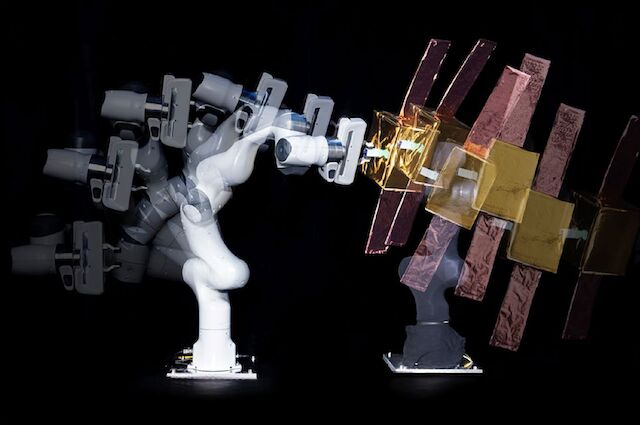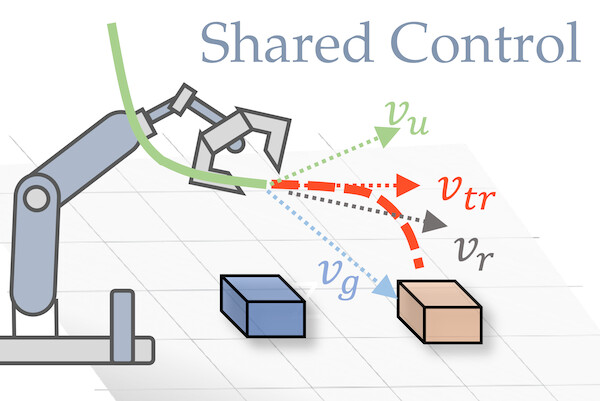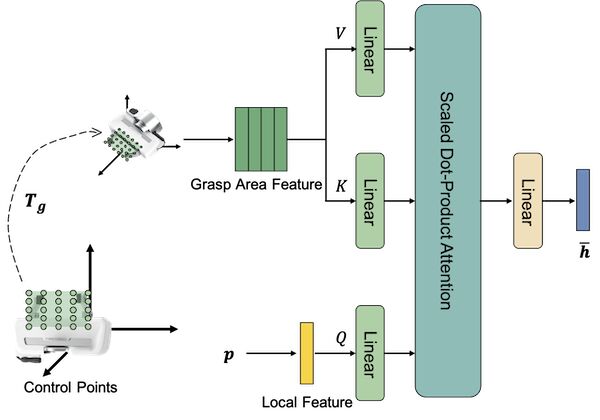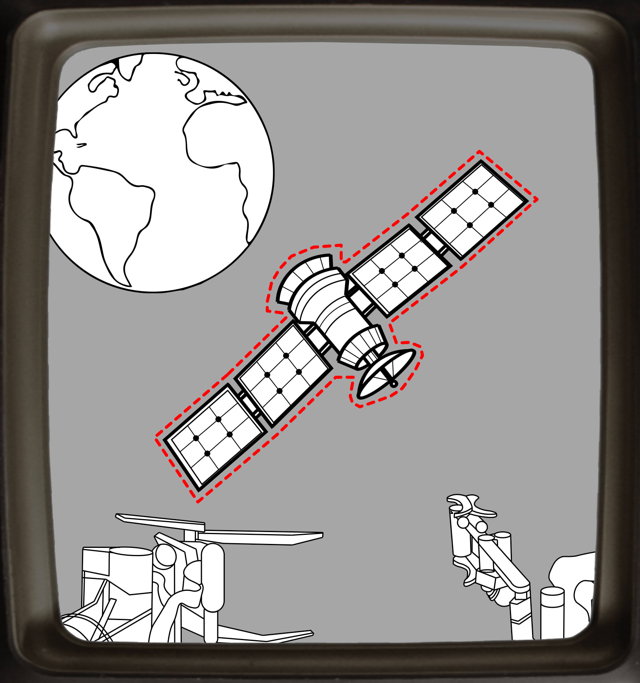Renaud Detry
Researcher in robot learning & space robotics. Associate Professor at KU Leuven.
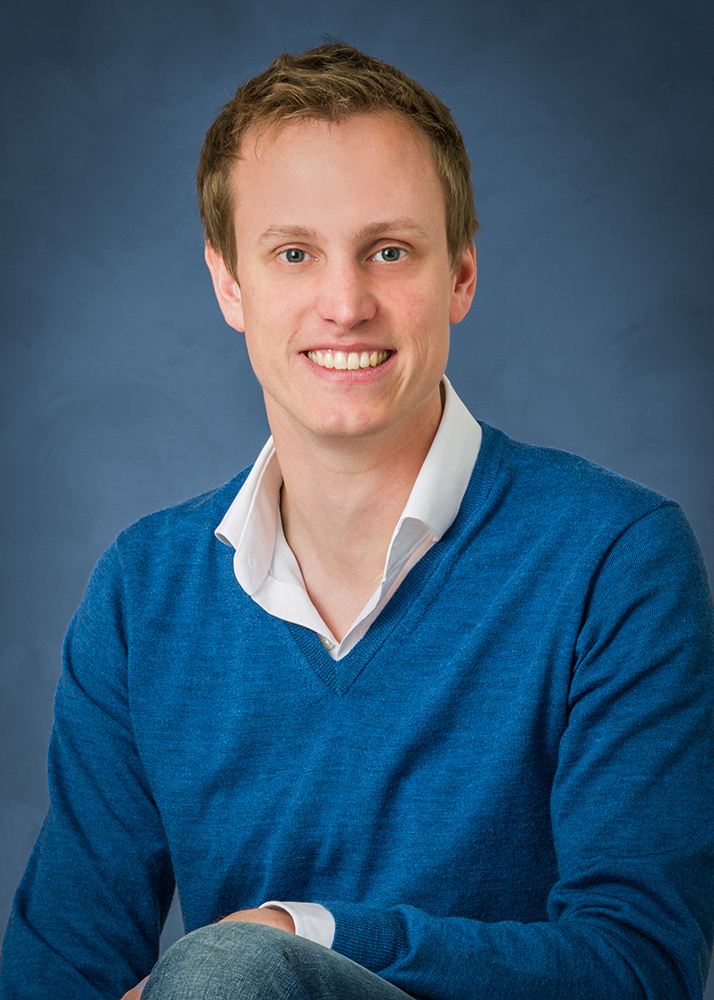
 I am an Associate Professor of robot learning at KU Leuven in Belgium, where I hold a dual appointment in electrical and mechanical engineering (groups PSI and RAM). I sit on the steering committee of Leuven.AI, I am a member of the ELLIS Society, and I am a technical advisor for OpalAI.
I am an Associate Professor of robot learning at KU Leuven in Belgium, where I hold a dual appointment in electrical and mechanical engineering (groups PSI and RAM). I sit on the steering committee of Leuven.AI, I am a member of the ELLIS Society, and I am a technical advisor for OpalAI.
Formerly I was group lead for the Perception Systems group at  NASA JPL, Pasadena, CA, and an Assistant Professor at
NASA JPL, Pasadena, CA, and an Assistant Professor at  UCLouvain, Belgium. I am a visiting researcher at ULiege and KTH.
UCLouvain, Belgium. I am a visiting researcher at ULiege and KTH.
My research interests include robot learning and computer vision, and their application to manufacturing, agriculture, healthcare, on-orbit operations and planetary exploration. At JPL, I was machine-vision lead for the surface mission of the NASA/ESA Mars Sample Return campaign (summarized in this invited lecture), and I worked on fun climbing robots such as the one shown in this video.
I am an associate editor of IEEE Transactions on Robotics (T-RO), and I regularly serve as associate editor for IROS and ICRA.
| Office: | 01.07 (at ESAT) |
| Post: |
Kasteelpark Arenberg 10 – box 2441 B–3001 Leuven Belgium |
| e-mail: | |
| Phone: |
+32 16 37 70 36 Students: email only please. |
| Web: |
Google Scholar, LinkedIn, Twitter, KU Leuven, Leuven.AI |
| ORCID: | 0000-0003-0597-1167 |
News
More announcements available on my LinkedIn feed.
| Jun 07, 2025 | Mini-diffuser reduces by an order of magnitude the time and memory needed to train multi-task vision-language robotic diffusion policies! |
|---|---|
| Mar 27, 2025 | New paper on uncertainty-aware RL, to appear in RA-L. |
| Mar 07, 2025 | New paper on robotic sand grading, to appear at ICRA 2025! 🏗️✨ |
| Sep 30, 2024 | New paper accepted at CoRL 2024! 🚀🤖 |
| Sep 21, 2024 | I presented our recent work on assistive robotics at the Human-Centered AI Conference 2024 in Malibu, CA. |
| Sep 19, 2024 | I presented our recent work hand trajectory prediction for shared control and assistive robotics at the Learning in Control & Robotics workshop at RWTH Aachen. |
| Mar 13, 2024 | Presenting result of our RoBétArmé project at the AI and Robotics in Construction workshop at ERF 2024. |
| Mar 06, 2024 | Freshly rebuilt this page using the wonderful al-folio. |
| Apr 13, 2022 | Co-edited this Frontiers in Robotics and AI special issue on Robotic In-Situ Servicing, Assembly and Manufacturing. |
| Apr 07, 2022 | Presenting our work on Autonomous robot manipulation for planetary exploration at the CIRP Conference on Assembly Technology And Systems (CATS 2022), Leuven, Belgium. |
Selected Recent Publications
See my publication page for a complete list.
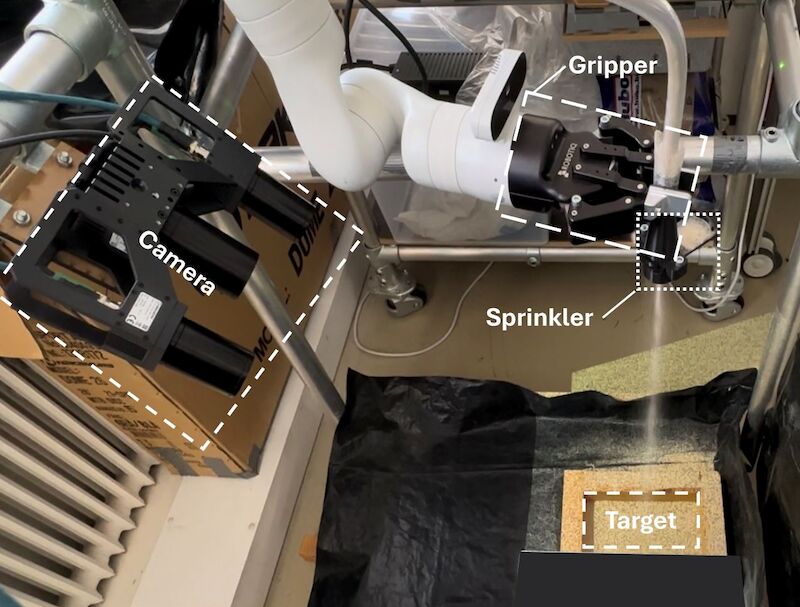
 DOI
DOI Bib
Bib PDF
PDF Video
Video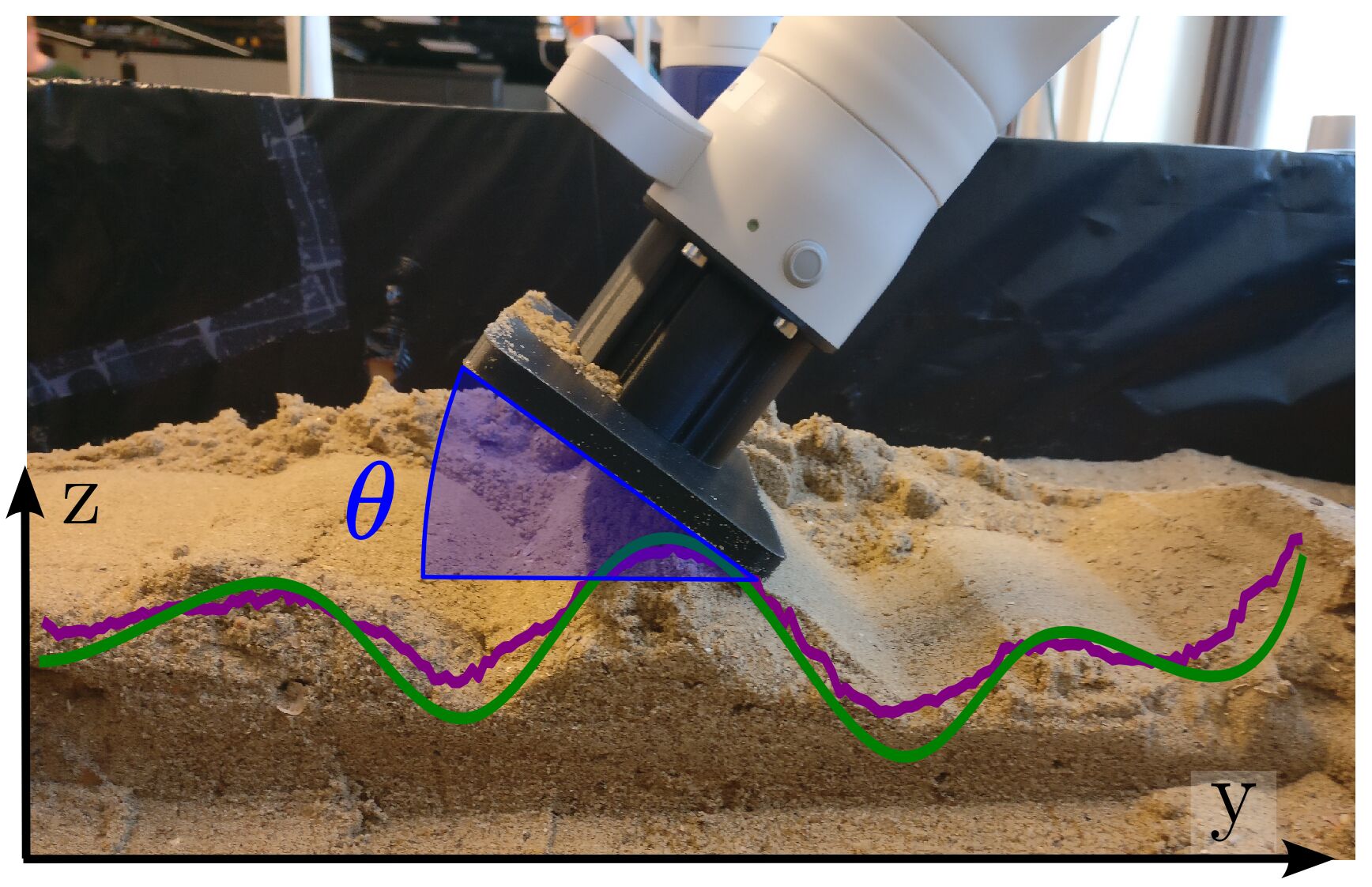

 arXiv
arXiv Blog
Blog